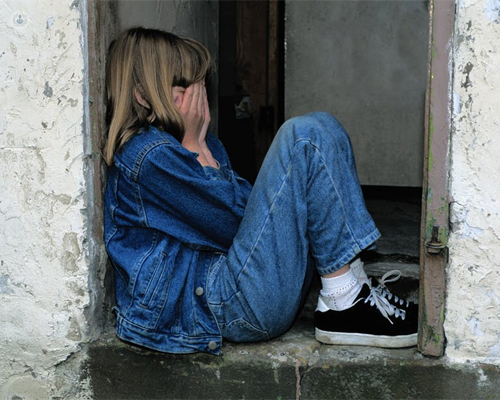Psychological disorder or psychological abuse
Written by:Different types of dysfunctions can be due to a parental pathology. We refer to psychotic disorders, perversions or psychopathies, personality disorders, narcissistic disorders, rigid character structures, little permeable to the emotion of the other, endogenous depressive states or situations of emotional deprivation, separations and migrations, etc.. Parents can establish pathological linkages in their interactions with children. In spite of this, not all mentally ill patients have a total and absolute incapacity to exercise parental functions and a deep analysis can delimit the degree of satisfaction or not of the development of the parental functions of these patients.
Generally, when parents suffer from a severe mental disorder, other family members replace parental functions. When this is not possible either because there is no family support network or because it is disconnected from the patient, the services that warn about the situation of lack of protection of minors (school, health, social services, etc ...) intervene.
Different characteristics give content to the necessary delimitation between pathology and health in terms of relational interaction and mental functioning and this is an aspect of knowledge in permanent updating that must be differentiated in the continuous good treatment.. That is to say, mental pathology does not necessarily presuppose the perpetration of mistreatment of children.Many of the symptoms and affectations of the child who is psychologically abused are related to different psychological disorders: guilt, fear, states of anguish, hyperactivity, suicide attempts, etc ... They may correspond in depressive states, neurotic disorders , of identity, psychotic. Find out and define what corresponds to the child's own pathology of what responds to a psychological reaction to a relational situation by the adult on whom it depends emotionally, is a priority.In severe childhood mental disorder , we must consider apart from its treatment what is the collaboration and real involvement of parents in this. Therefore, in autistic or psychotic disorders, where early bonding has been affected due to parental and / or family pathology, an indicator of protection is the awareness of parental disorder and the consequent involvement in a psychotherapeutic-psychiatric treatment.The assessment of the mistreatment received and the actions and measures to be proposed will depend on the possibilities of parental reparation and recovery.

Bolwby revealed to us the implications and processes for the establishment of the bond of attachment (attachment) and completely untangled him from the sexual libido and the Freudian phantom unconscious, bringing psychoanalysis closer to the reality of affective interactions and child abuse. He speaks of a number of family situations that predispose to develop 3 different types of pathology to a loss : the anxious and ambivalent bond, the need to take care compulsively, and affective independence. For Bolwby, the establishment of a process of pathological mourning and the installation of a depressive syndrome depends to a large extent on the nature of the relational link with the parental figures and on the treatment the child receives during these delicate moments.
Although parents with mental disorders have more difficulty coping with the emotional needs of children , since they themselves have suffered limitations to overcome stages of mental suffering and to develop perhaps important losses that have been traumatic, can not be an excuse to not take responsibility for the welfare of the child. From the work of identifying their limitations in the development of their parental functions, they will be able to participate in the necessary measures to be taken.
Thus, depending on the professional's approach, we sometimes find that we can put more emphasis on psychic pathology (of the child, father or family) than on the interaction or abuse situation that may be more or less evident, to often both problems occur at the same time.



